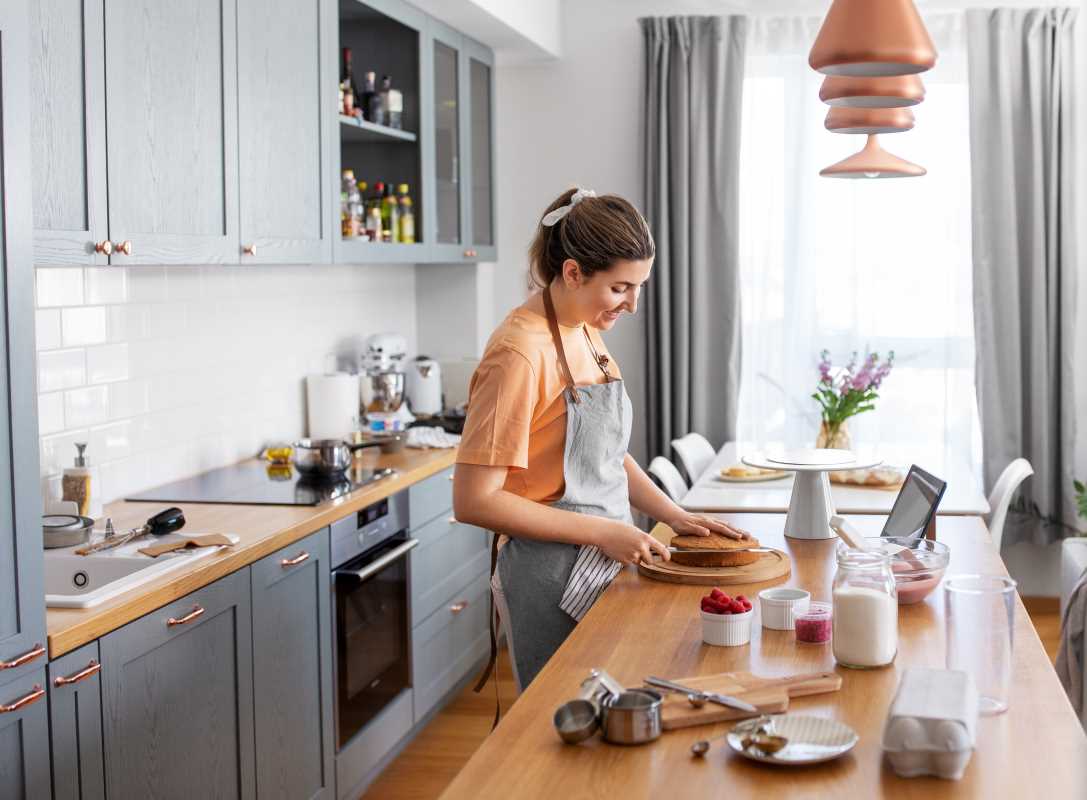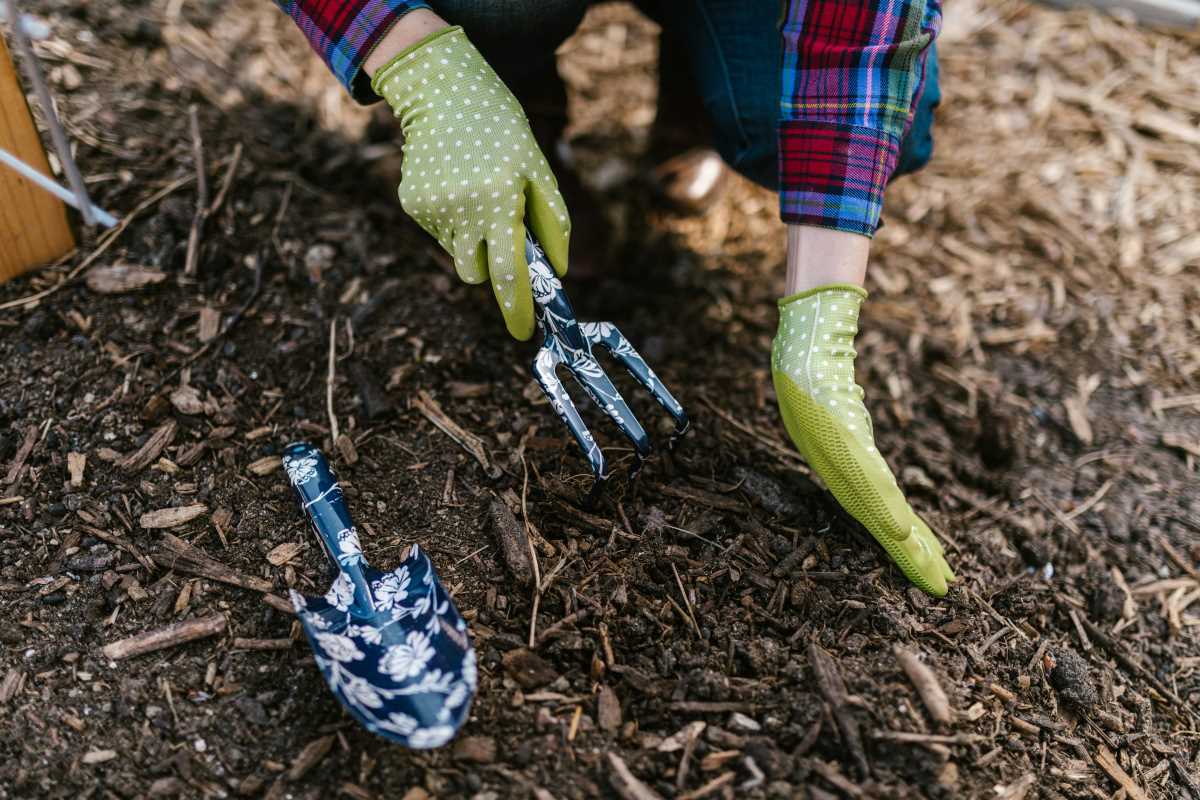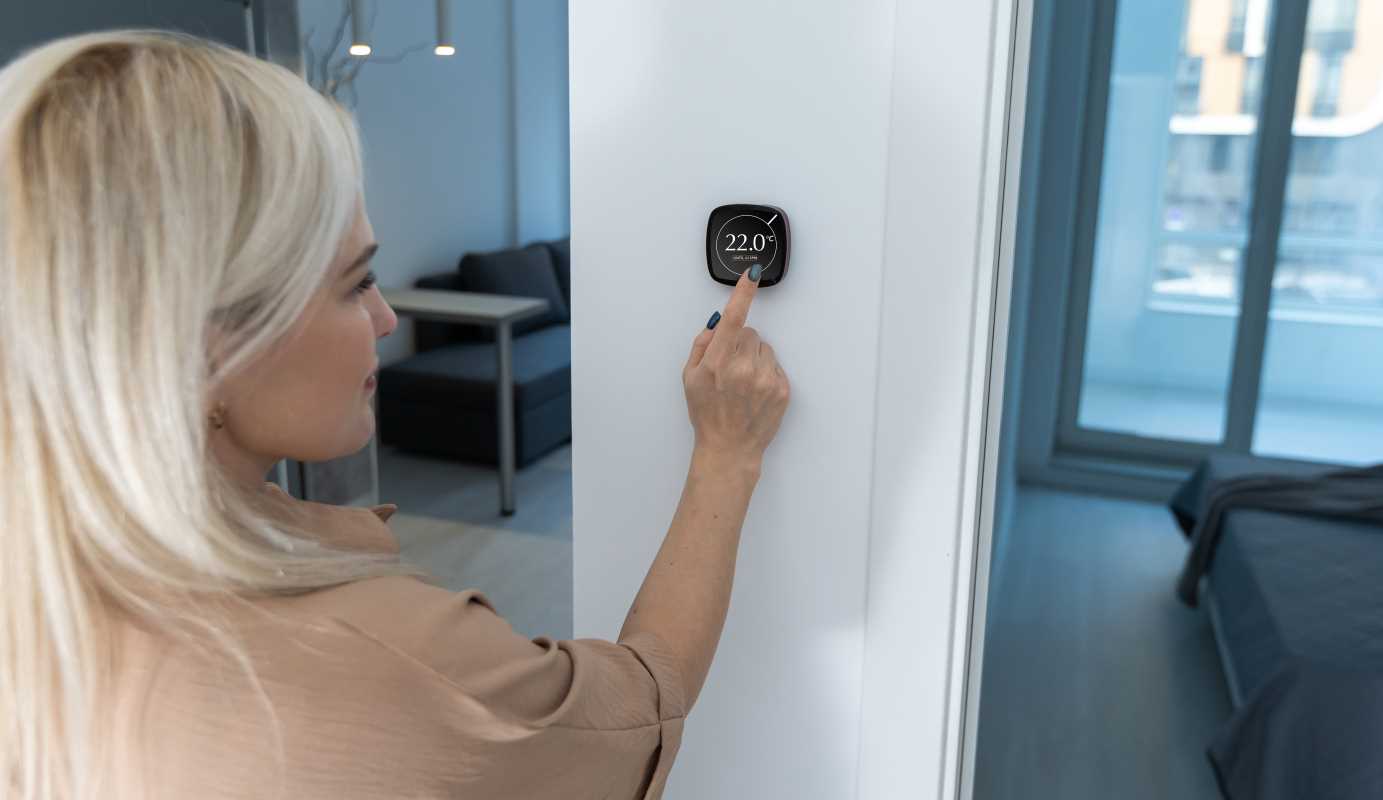Busy schedules and daily demands do not have to stand in the way of preparing impressive, flavorful meals at home. Cooking in your own kitchen can become both efficient and enjoyable, even when time feels limited. By making thoughtful changes to your routine and focusing on essential techniques, you can achieve delicious results that feel special. Discover how minor tweaks in preparation and attention to detail can elevate your dishes, bringing out complex flavors with less effort than you might expect. Explore new ways to streamline your process and transform everyday cooking into a more rewarding experience.
Whether you’ve prepared gourmet recipes before or you're starting a new passion, you’ll learn why accuracy beats shortcuts and how deliberate changes can remove bottlenecks. Rethink standard steps, discover modern tool workflows, and finally bridge the gap between taste goals and your busy schedule.
Why Improving Home Meals Matters
Professional experience shows us that quality depends on consistency and accuracy. When you approach cooking with this mindset, each ingredient move, temperature adjustment, and timing choice becomes a deliberate action. By aligning your meal prep with these high standards, you enhance flavor extraction and reduce wasted effort.
Consistent high quality clearly shows that you respect your own time and palate. Reframe routine dinner preparation as a skill-based task, and you avoid the exhaustion of last-minute improvisation. This change builds confidence, turns boring kitchen chores into impactful, enjoyable activities—and it forms the foundation of efficient gourmet cooking.
New Approaches to Cooking Efficiency
Creating restaurant-quality meals doesn’t require adding more steps. It involves integrating smarter processes into each dish. Below is a numbered list that outlines three innovative ideas—drawn from chef routines, laboratory-inspired temperature control, and multi-tasking approaches—that reduce preparation time while enhancing flavor complexity.
- Micro Temp Profiling: Chefs in test kitchens check core temperatures every minute to fine-tune searing, steaming, or roasting. Use a wireless probe to adjust your stovetop heat in real time, capturing peak crust formation without burning. This way, you eliminate guesswork and prevent overcooking proteins.
- Batch Infusion: Instead of flavoring each dish separately, use a vacuum-sealer or immersion circulator to infuse herbs, spices, and citrus oils into oils, broths, or dairy in large batches. This parallel process produces concentrated bases you can freeze in ice-cube trays, saving ten minutes per future meal.
- Task Parallelism: Think like an assembly line: while a sauce simmers, chop vegetables for tomorrow’s dish and rinse grains. Assign specific time slots to each task, then rotate them precisely on schedule. This alternating method turns down time into active prep, smoothing out long cooking cycles.
Tools and Techniques for Quick Gourmet Results
- High-Speed Blender
- Purpose: Cut sauce, soup, and dressing prep time from 10 minutes to under 2.
- How to Use:
- Add ingredients in order: liquid first, solids last.
- Blend on low speed for 30 seconds.
- Switch to high speed for 1 minute for maximum smoothness.
- Cost/Details: $150–$400; models can reach up to 30,000 RPM.
- Insider Tip: Use the pulse function to reduce heat buildup and preserve delicate herb flavors.
- Magnetic Induction Cooktop
- Purpose: Achieve instant heat control for accurate simmering, boiling, or searing.
- How to Use:
- Use only ferromagnetic cookware (cast iron or induction-compatible steel).
- Place cookware centered on the cooktop.
- Select your temperature or use built-in simmer/sear presets.
- Cost/Details: Portable models start at ~$80; mid-range options run $150–$250.
- Insider Tip: Calibrate monthly with a thermometer pan to maintain accurate temperature settings.
- Batch Marination Tray
- Purpose: Evenly marinate proteins without manual turning or bag mess.
- How to Use:
- Lay protein in the leak-proof tray.
- Add marinade and spread across the surface.
- Seal with the silicone lid and refrigerate for 2–3 hours.
- Cost/Details: ~$25 for a 2-tray set with sealing lids.
- Insider Tip: Flip the entire tray halfway through marination to coat both sides evenly—no need to open the lid.
- Precision Scale
- Purpose: Achieve flavor consistency through exact weight measurements.
- How to Use:
- Place a bowl and zero it out (tare).
- Weigh ingredients by the gram.
- Tare after each addition for accuracy.
- Cost/Details: $20–$40; accurate to 0.1 gram.
- Insider Tip: Use a calibration weight monthly to maintain measurement precision.
- Time-Release Spice Jar
- Purpose: Preserve spice potency and activate essential oils right before use.
- How to Use:
- Fill with whole spices (e.g., cumin, coriander, peppercorns).
- Heat the jar gently (under 200°F) for 5 minutes.
- Crack or grind directly inside the jar to release aroma and flavor.
- Cost/Details: $30–$60 for a set of two specialty jars.
- Insider Tip: Store filled jars in the freezer to extend freshness and oil retention.
Keeping Up the Momentum with Easy Routines
Maintain momentum by setting aside five minutes daily for small tasks like knife practice or ingredient prep. Rotate familiar meals and check your spice stock weekly to reduce stress and boost efficiency. With simple routines and the right tools, you can cook at restaurant-level speed and flavor from home.
 (Image via
(Image via





